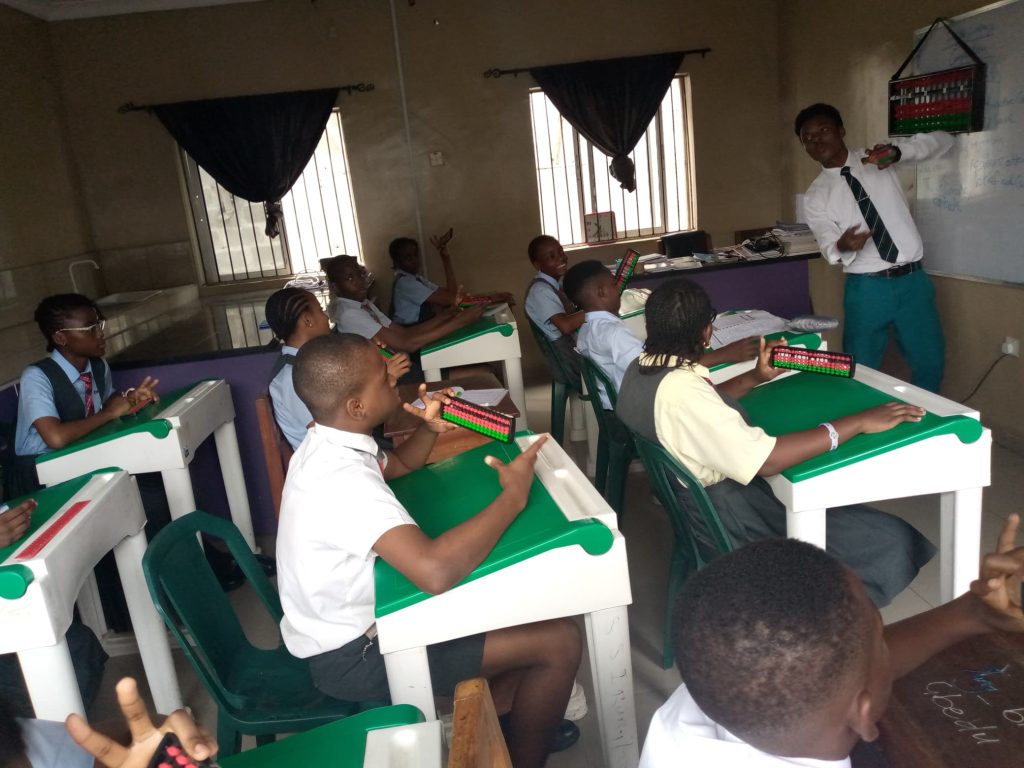Ask any child to add 3 + 5, and there’s a good chance they’ll look down at their fingers. It’s instinctive, it’s familiar but it’s limiting.
At SIMA Abacus, one of the first things we help children unlearn is finger counting. Not because it’s wrong, but because it slows them down, holds them back, and keeps them dependent on something external.
Instead, we teach them how to count with their minds. How to see numbers in motion. How to train their brains not just their hands.
Here’s why it matters.
Finger Counting Is a Crutch, Not a Skill
Finger counting is often the first step in a child’s math journey but many never move past it. They rely on it well into primary school, even when it becomes too slow for more complex operations.
And when they can’t use their fingers fast enough? They freeze. They second-guess. They lose confidence and That’s where the abacus comes in.
The Abacus Builds Independence from the Start
At SIMA, children learn to use both hands on a physical abacus thereby, activating both sides of the brain and reinforcing number sense through movement and rhythm.
But the real magic happens when we take the tool away.
With practice, students begin to visualize the abacus in their minds. They move beads mentally. They solve problems without touching anything. No fingers. No tools. Just a trained brain.
We call this mental arithmetic and it’s powerful.
Faster Thinking, Deeper Focus
Instead of counting on fingers, our students:
Say answers boldly in unison
Move beads quickly with both hands
Picture numbers in their minds
Enjoy the thrill of solving big problems mentally
And they’re often faster than calculators.
No exaggeration.
Final Thoughts
Finger counting might be where most kids start but it shouldn’t be where they stay.
At SIMA Abacus, we believe in unlocking a higher level of thinking early.
We don’t teach shortcuts.
We build strong mental habits.
Because when children stop counting on fingers, they start counting on themselves.

